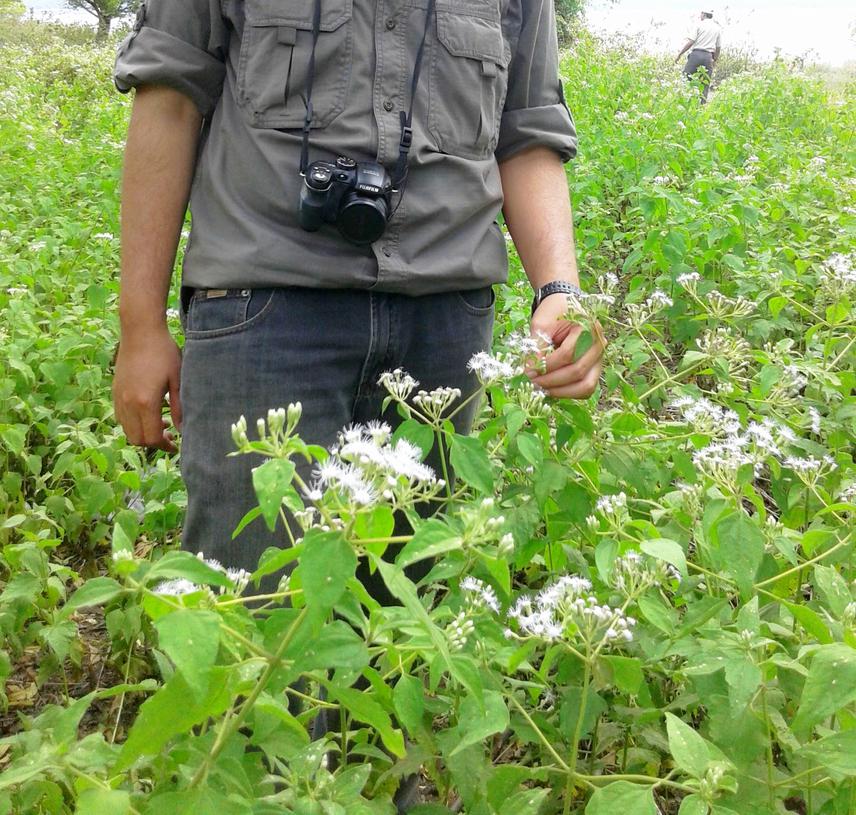Sutomo Sutomo
Other projects
26 Mar 2013
Fragmentation, Plant Invasion and Native Species Conservation in Tropical Forest Landscape of Mt. Merapi
11 Jul 2014
Conservation of Tropical Savanna Ecosystem through Better Understanding of Invasive Alien Species
Most recent eruption of Mt. Merapi occurred in 2010 has brought up idea of how Indonesian ecologists can document the establishment of pioneer species and the subsequent species on Mt. Merapi volcano in order to generate baseline data that will be useful for managers working with Merapi to initiate rehabilitation programs.

Montane forests such as those on Mt. Merapi have become increasingly important for conserving Indonesia’s biodiversity. The importance of the tropical montane forest for Indonesia is understandable, considering that much of its tropical lowland forest has been cleared for more than 30 years. Rehabilitation and management of a degraded ecosystem, including a volcanic ecosystem, will require specific knowledge of the process of succession including species establishment. However, the scientific knowledge in this field is limited, particularly in volcanic tropical montane forests, where scientific studies about the effects and the ecological consequences of disturbances at high-elevation are still scant. Understanding the dynamics of forest ecosystems during succession and how they interact with disturbances, will be an important component of forest ecosystem conservation and restoration management practices. Therefore, the present study is significant in terms of generating useful baseline data for the management of volcanic ecosystems in the region and elsewhere in Indonesia.
This research will gain crucial data such as species composition which will also include the patterns of abundance of native pioneer and exotic pioneer species. There will also data on the richness diversity of species including their taxonomic diversity. Important information is also on the patterns of interaction between these species which will reveal the nature of their association and an index of how these associations is measured. All of these data will act as baseline data that will be useful to generate management program including rehabilitation and restoration program. One example is weed management to reduce the domination of exotic pioneer species and promotes the establishment of native species. Other example is on the reintroduction program, where native species is planted with other species which have positive interspecific association to reduce species competition. One of the outcomes also will be the availability of permanent plot sample to monitor the dynamics of species establishment which will also act as rehabilitation plot on Mt. Merapi.
Beside establishing restoration plots, this project will also comprise of exploration and inventorying of diversity including of animals mainly birds in the un-affected area by the Merapi volcano eruption. Practical conservation benefits for this project is that by establishing or re-building the disturbed habitat, one can expect to see native biota whether plants or animals to perhaps start coming back to this habitat. Mount Merapi is home to the pearly everlast plant Anaphalis javanica, and the nationally endangered Vanda orchid (Vanda tricolor) and also Java Hawk Eagle (Spizaetus bartelsii) therefore has significant conservation value. Community awareness regarding the diversity of pioneer species in successional process on Mt. Merapi and the conservation and restoration programs will also be considered by publishing booklet and poster and also presentation in a various seminars and conferences.